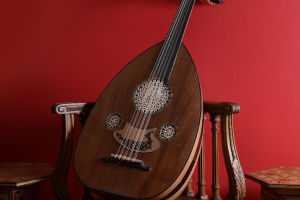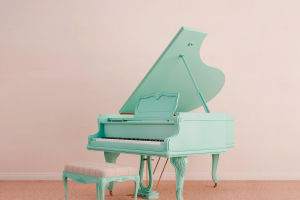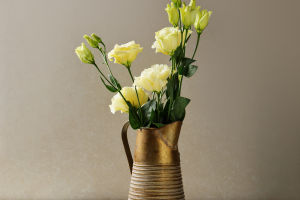The art of flower arrangement, also known as floristry, has been practiced across cultures and centuries, weaving nature’s beauty into expressions of creativity and emotion.
From the elaborate displays of Western floral design to the minimalist sophistication of Japanese Ikebana, this art form celebrates the harmony between flowers, foliage, and the human touch.
What Is Flower Arrangement Art?
Flower arrangement art is the practice of organizing flowers, leaves, and other plant materials in visually appealing compositions. This art form transcends mere decoration; it serves as a medium of self-expression, cultural tradition, and emotional communication. The goal is to create balance, rhythm, and harmony between the elements of the arrangement and its surroundings.
Popular Styles of Flower Arranging
Ikebana (Japanese Style)
Ikebana is a centuries-old Japanese art emphasizing simplicity, harmony, and asymmetry. It uses minimal materials to create profound designs that reflect nature’s essence and spiritual beauty.
Western Style
Western floral design focuses on lush, symmetrical arrangements with bold colors. Popular in weddings and events, this style emphasizes volume and opulence.
Contemporary Style
Modern flower arrangement breaks traditional norms, incorporating unconventional materials like metals, plastics, and recycled items. This style thrives on creativity and innovation.
Principles of Flower Arrangement
Balance
An arrangement should achieve visual stability, whether symmetrical or asymmetrical.
Proportion
The size of flowers and foliage should harmonize with the container and surroundings.
Rhythm
A sense of movement guides the viewer’s eyes through the arrangement, creating flow and interest.
Focal Point
Every arrangement should have a focal point—a dominant element that draws attention.
Essential Tools and Supplies
Containers
Vases, baskets, and bowls of varying sizes and materials are chosen to complement the arrangement’s style and purpose.
Floral Foam
This foam holds stems in place, ensuring stability and allowing for intricate designs.
Scissors and Pruners
Sharp tools are essential for trimming stems and foliage with precision.
Floral Wire and Tape
Used to bind stems together or support delicate blooms.
Decorative Accents
Stones, marbles, or moss add a finishing touch to arrangements, especially in transparent containers.
Flower Arrangement as a Therapeutic Practice
Dear Lykkers! Engaging in flower arranging has proven therapeutic benefits, fostering mindfulness and reducing stress. The process of selecting, trimming, and arranging flowers helps connect individuals with nature and encourages creativity.
The Future of Flower Arrangement Art
With the growing emphasis on sustainability, flower arrangement art is evolving to incorporate eco-friendly practices. Using seasonal blooms, repurposing containers, and avoiding single-use plastics are trends shaping its future.
Flower arrangement art is more than just placing flowers in a vase—it’s about telling a story, evoking emotions, and creating a timeless connection between humanity and nature. Whether you’re an enthusiast or a professional, this art form invites endless opportunities for exploration and expression.


